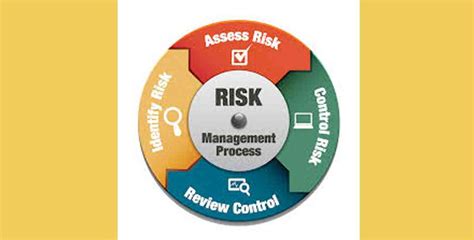How to rate Bitcoin (BTC) Trade Strategy
The cryptocurrency trading world has become increasingly popular in recent years, with many investors trying to benefit from the potential of these digital currencies. Bitcoin (BTC), the first and most famous cryptocurrency, is a very volatile advantage that can be both profitable and risky.
In order to make deliberate investment decisions, it is important to understand how to evaluate Bitcoin trading strategies. In this article, we will study certain key factors to consider when assessing BTC trading strategies.
Understand Bitcoin (BTC)
It is important to have a basic understanding of Bitcoin before diving into a strategy assessment. Here are some key points:
* Definition and Properties : Bitcoin is a decentralized digital currency that allows peers to do business without intermediaries.
* Offer and Request : The total BTC offer is limited to 21 million, which generates limited market demand for assets.
* Visitness : It is known that the price of BTC fluctuates significantly in the short period of time.
Trade Strategy Evaluation
When evaluating Bitcoin trading strategies, consider the following factors:
1
Risk Management : Evaluate the risk level involved in each strategy and make sure it matches your investment goals and your risk tolerance.
- Talk Costs : Note the costs of buying, selling and holding BTCs, as well as any other talk expenditure.
3
Time Liabilities : Evaluate the time needed to monitor market conditions, transactions and adjust the strategies accordingly.
- Liquidity : Evaluate the simplicity of buying and selling BTC as well as the availability of alternative currencies for coating or speculation needs.
- Evolution : Consider the potential impact of the increase in commercial activity on the overall BTC market demand.
Popular Trade Strategy
Here are some popular trading strategies to consider:
1
Daily Trade
: Focus on short -term price movements using technical indicators to identify buying and selling signals.
- Swing Trading : Trade with delays lasting several days or weeks through medium -term trends.
3
Position Trade : Keep positions for a longer period of time based on technical analysis and market conditions to determine the best entry and exit points.
Examples of trading strategies

Here are some examples of Bitcoin strategy:
1
Bollinger Strategy : Use Bollinger Strips to identify excessive or event conditions, and take advantage when the price reaches a certain level.
- Mobile Medium Crossing Strategy : Depending on these lines, configure the means of transfer to determine the purchase and sale signals.
3
Relative Power Index (RSI) Trade : Use RSI to identify excessive or event conditions and make a profit when the price reaches a certain level.
Conclusion
The assessment of Bitcoin trading strategies requires an in -depth understanding of the underlying mechanisms and market dynamics. Given factors such as risk management, commercial costs, time involvement, liquidity, scalability and scalability, investors can develop effective negotiation strategies that meet their investment goals and their risk tolerance.